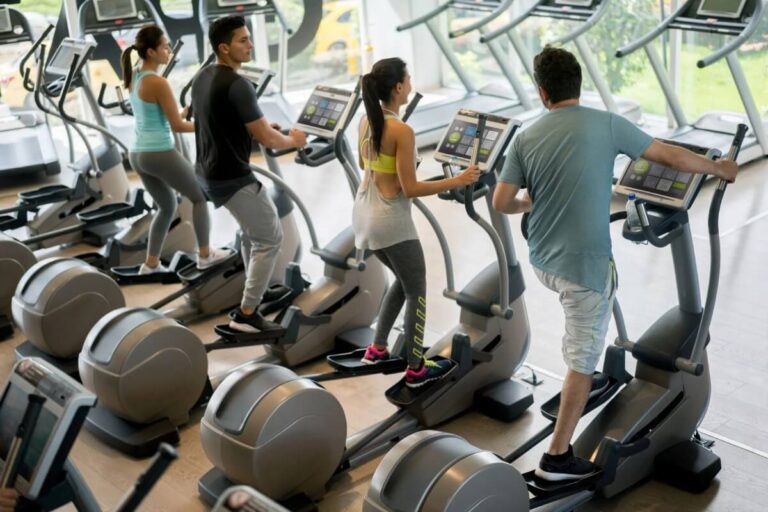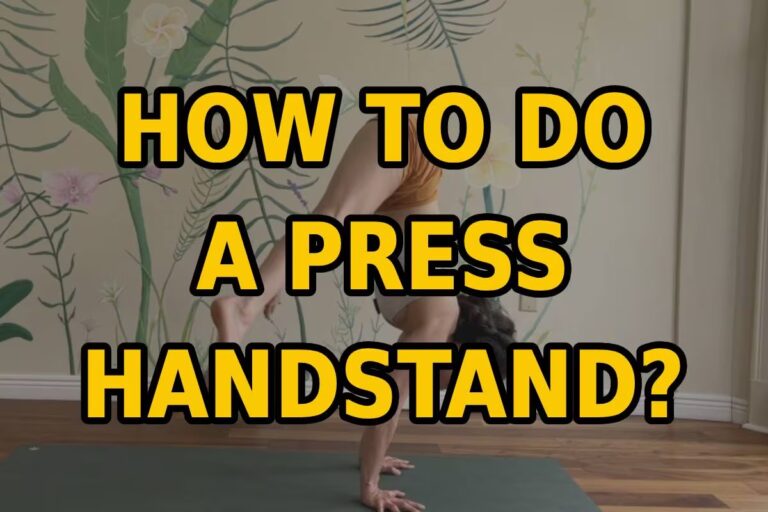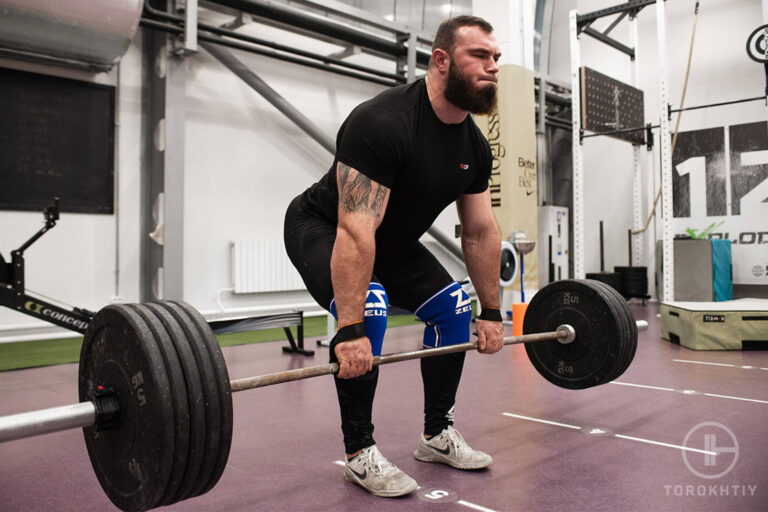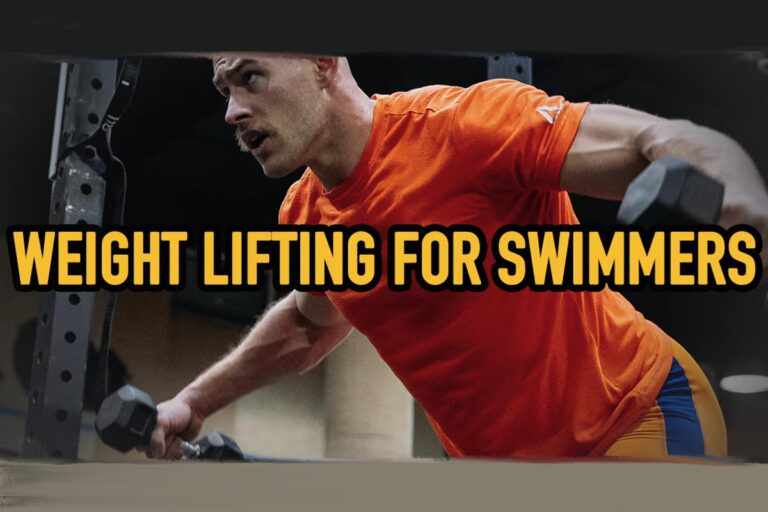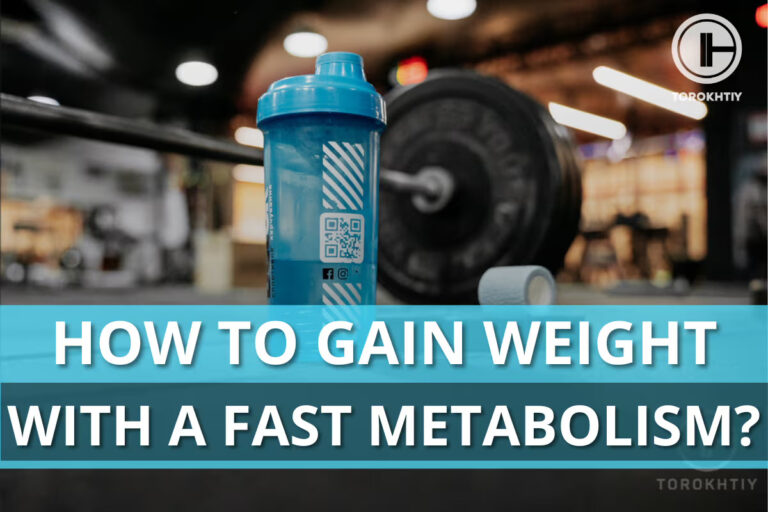Beginner Kettlebell Workout – Kickstart Your Fitness Journey
Wouldn’t you say starting a fitness journey is exciting? Making such a healthy lifestyle change is a wonderful thing. If you know how to start, of course. However, how do you do that exactly? Well, the simple answer is that you need to start with a program designed for beginners. That’s easier said than done, right?
But don’t worry, you’re in the right place – in this article, you’ll learn everything about the beginner kettlebell workout.
Don’t mistake this for a simple process of lifting weights. This is the road to your healthier and stronger self. These workouts may be for beginners, but they’re very effective and will make a perfect foundation for some other, more challenging workouts that you’ll do in the future.
It has everything you would want from a workout – it can burn calories, help you lose and maintain weight, boost your energy level, and tone your muscles. What more can you ask for?
What is the beginner kettlebell workout? It is a workout routine that is designed for beginners and uses kettlebells. It usually involves exercises like squats, swings, and presses and uses light weights to build strength and improve form.
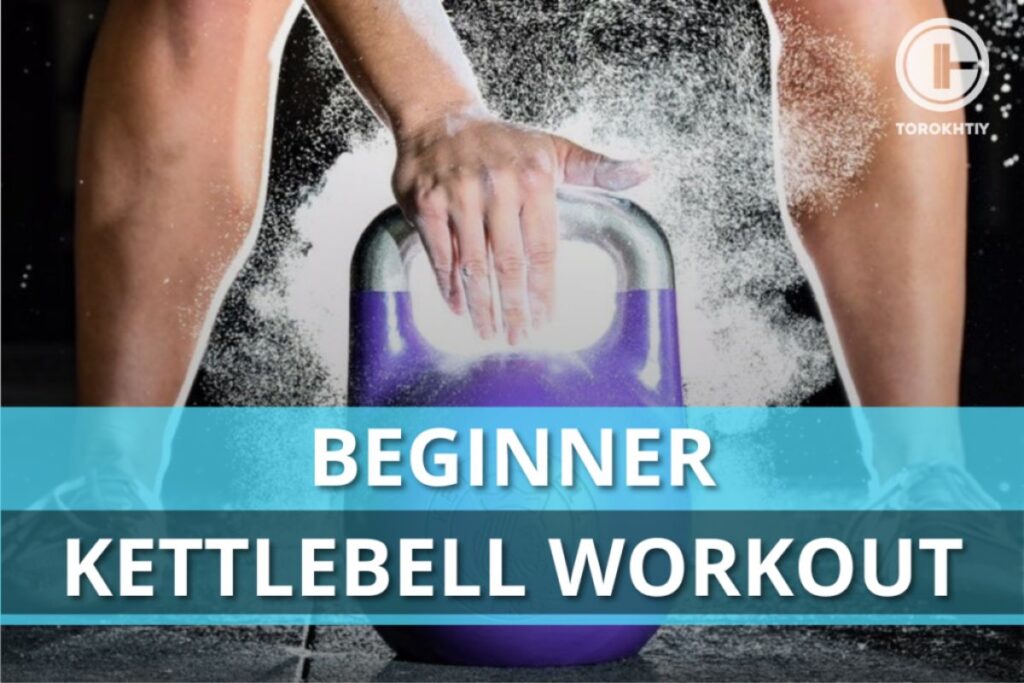
5 Differences Between Kettlebell Routine for Beginners and Advanced Athletes
Let’s say you’re a complete beginner and don’t know much about working out in general. There’s still very little to no chance you haven’t heard of kettlebells. With them being so popular and so widely used, there’s a chance you will stumble upon a workout routine that uses weights that are too heavy and moves that are way too advanced for them. This, of course, would be a routine made for advanced users.
But how can you tell the difference if you’re not familiar with these routines? To be completely honest – it’s not that simple. Some of these workouts look very similar, and sometimes, you’ll even find the same workout in a routine made for a beginner and a routine made for an advanced athlete.
Let’s go over the main differences to make it easier for you to tell the routines apart.
1. Exercises
Sometimes, you’ll see the same exercise in both routines, and the difference in that case is the number of repetitions and the weight of the kettlebell. But other times, you’ll see exercises that are nothing alike.
For example, a beginner is likely to do basic movements that are easy to learn and master, like swings, kettlebell presses, and goblet squats. A basic kettlebell workout will allow a beginner to focus on their form and technique instead of the complexity of the workout.
On the other hand, those with more experience will have a very wide range of workouts, including snatches, cleans and Turkish get-ups. These movements are advanced and need more coordination, balance, and strength, so you’ll need a solid foundation in kettlebell training before you can do them safely and effectively.
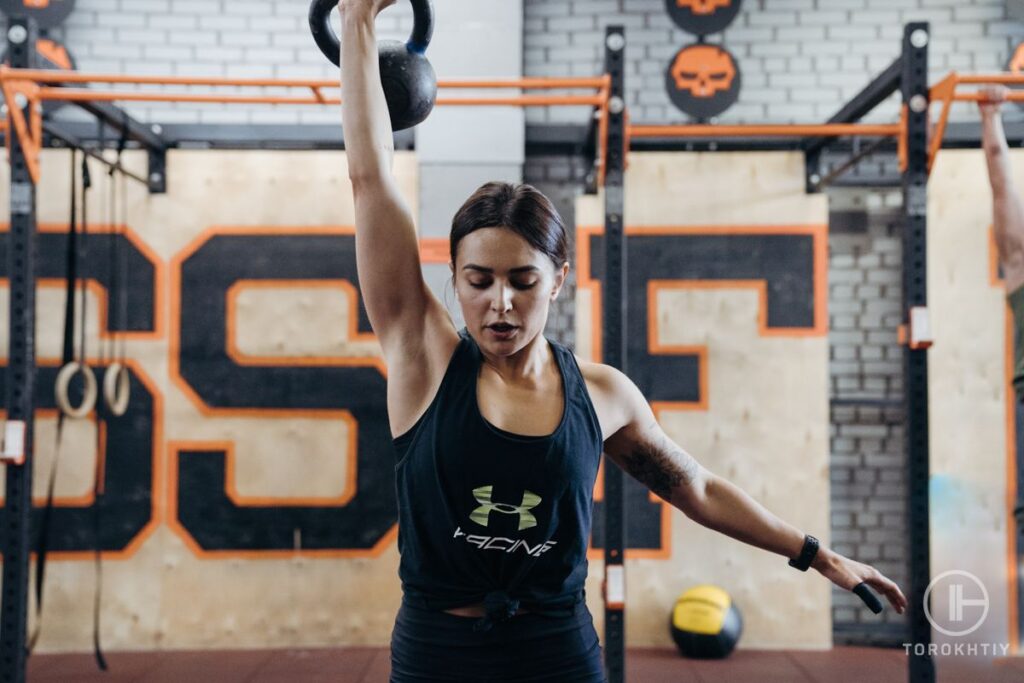
2. Weight
If you’re a beginner, you’ll start with a lighter kettlebell – from around 10 lbs. The lighter weight will allow you to focus on mastering the form and technique without straining your muscles and joints.
Those who are advanced will use heavier kettlebells because they have enough strength to handle them. The weight of the kettlebell usually ranges from 26 up to 70 lbs, but it’s not unusual for them to be even heavier. When it comes to experienced people, the weight will depend on their fitness goals and the intensity of their training.
3. Sets and Repetitions
Beginners will first have to build endurance and conditioning, so they’ll do more repetitions with shorter sets. For example, a beginner’s routine can include 3 sets of 10-12 reps for each workout, which allows them to practice their form and slowly increase strength.
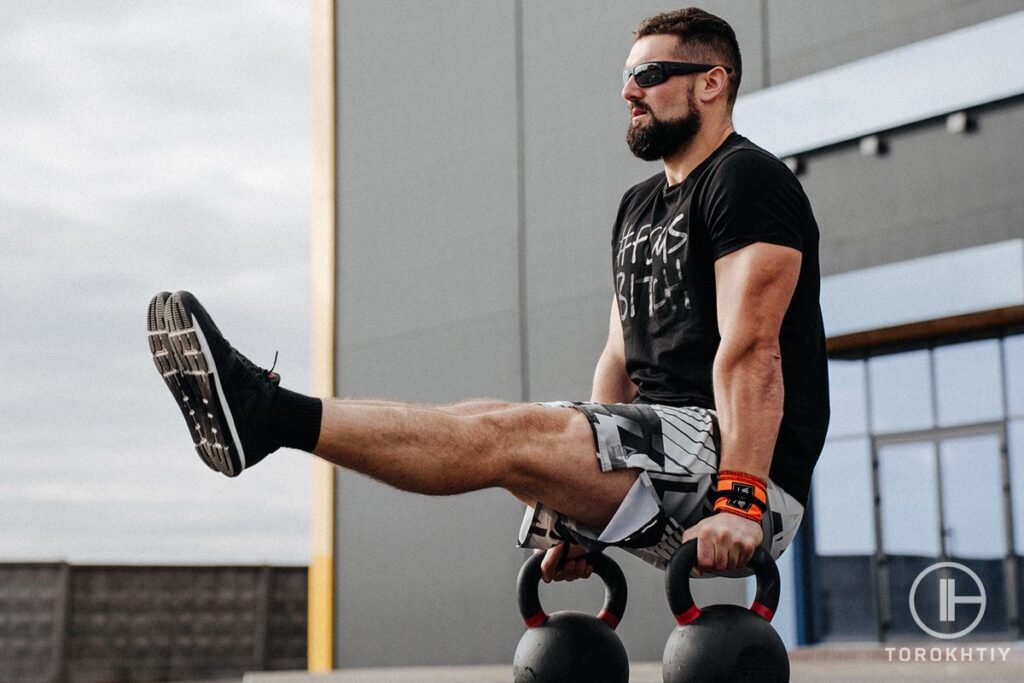
On the flip side, those who are advanced will most often have less repetitions with more sets, for instance, 5 sets of 5 repetitions for each exercise. This way, they can focus on lifting heavier weights with proper technique and maximize their strength development.
4. Goal-Oriented Training Periods
Beginners should focus on building a strong foundation in general physical preparedness (GPP). This includes basic strength, aerobic capacity and the correct form. Rest periods may vary, but the emphasis is on recovery and maintaining good form across all exercises.
On the other hand, those that are advanced can have more specific goals. These can be different types of strength, power and specialized conditioning. Their rest periods may be similar to those for beginners, but the workout intensity, volume, frequency and load are tailored to meet these specialized goals.
5. Safety
Safety is important for everyone, of course but beginners will need supervision and instructions to prevent injuries (that are usually caused by incorrect form). In addition, they will need to be careful not to overextend themselves, so they don’t cause too much soreness and strain.
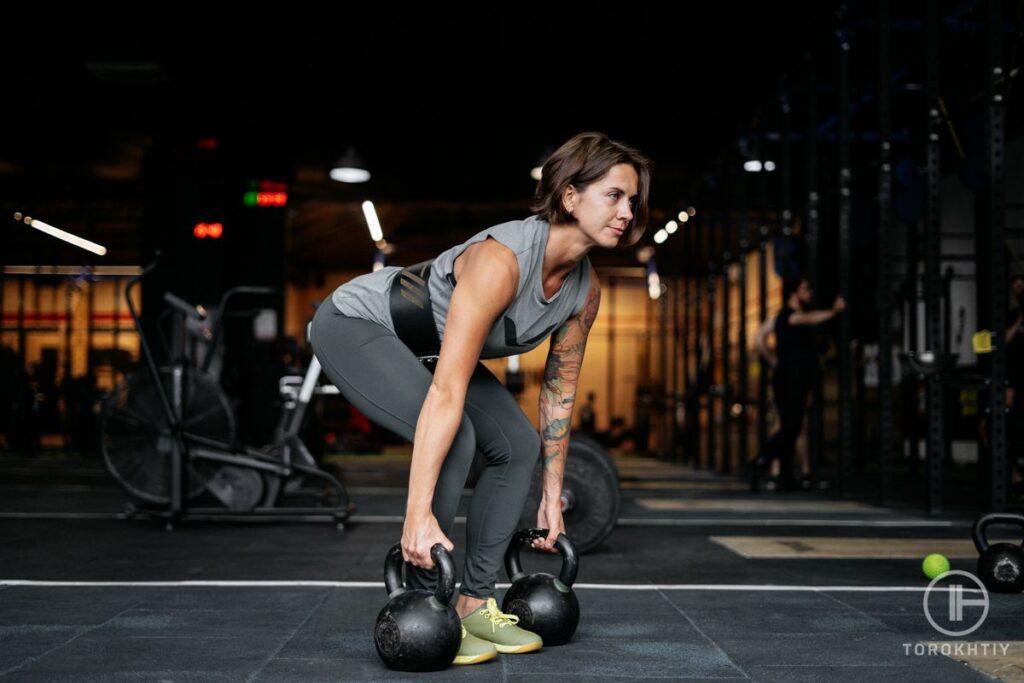
Safety is also a consideration for those that are advanced. Since they use heavier kettlebells and do movements that are more complex, they are at a higher risk of injury if they’re not careful. Something that should never be skipped is warming up and cooling down (and it goes for all fitness levels), along with keeping safe lifting techniques in mind.
| ASPECT | BEGINNERS | ADVANCED |
| Exercises | Basic movements (like swings, squats, etc.) | Advanced movements (like snatches, cleans, etc.) |
| Weight | Lighter kettlebells (17-26 lbs for women and 26-35 lbs for men) | Heavier kettlebells (usually 35-70 lbs, but it can be more) |
| Sets and Repetitions | More repetitions, shorter sets | Less repetitions, more sets |
| Rest Periods | Longer rest periods (1-2 minutes) | Shorter rest periods (30 seconds to a minute) |
| Safety | Emphasis on form and techniques | Continued emphasis on safe lifting |
Beginner Kettlebell Workout
The best thing about a kettlebell workout for beginners is that it’s effective and lets you build a foundation for more advanced workouts in the future.
It consists of very simple and basic moves that let you focus on learning the correct form and handling a kettlebell. So, which kettlebell exercises for beginners should you do?
You could pay a trainer and have them develop a simple kettlebell workout routine for you. That can be pricey, but keep in mind that, in the beginning especially, you’ll need all the help you can get to master the technique.
If hiring a professional does not seem like something you want to do, then you can just follow this simple full body kettlebell workout for beginners. Nevertheless, even with this routine you should not hesitate to seek professional help if you feel that you need it.
Another very important thing is to listen to what your body is telling you. The workouts should feel a bit uncomfortable because that’s just how exercising is: you need to feel that your muscles are working. However, it should never be too painful. If you notice any kind of discomfort that lasts for a prolonged period of time and does not lose its intensity, pay your doctor/physio a visit.
Your workout will start with 5 to 10 minutes of warming up. First, do jumping jacks to up your heart rate and increase blood flow. Then proceed to bodyweight squats to loosen your hip and knee joints and engage your leg muscles. Arm circles and hip rotations are next – they’re important for warming up your shoulder joints and mobilizing hip joints. Your warm-up will finish with leg swings. Each of these workouts should last for 1 to 2 minutes.
Now, you’re onto the main part of the workout. You’ll do each of the workouts in 3 sets of 10-12 repetitions and take 1 minute to rest between sets.
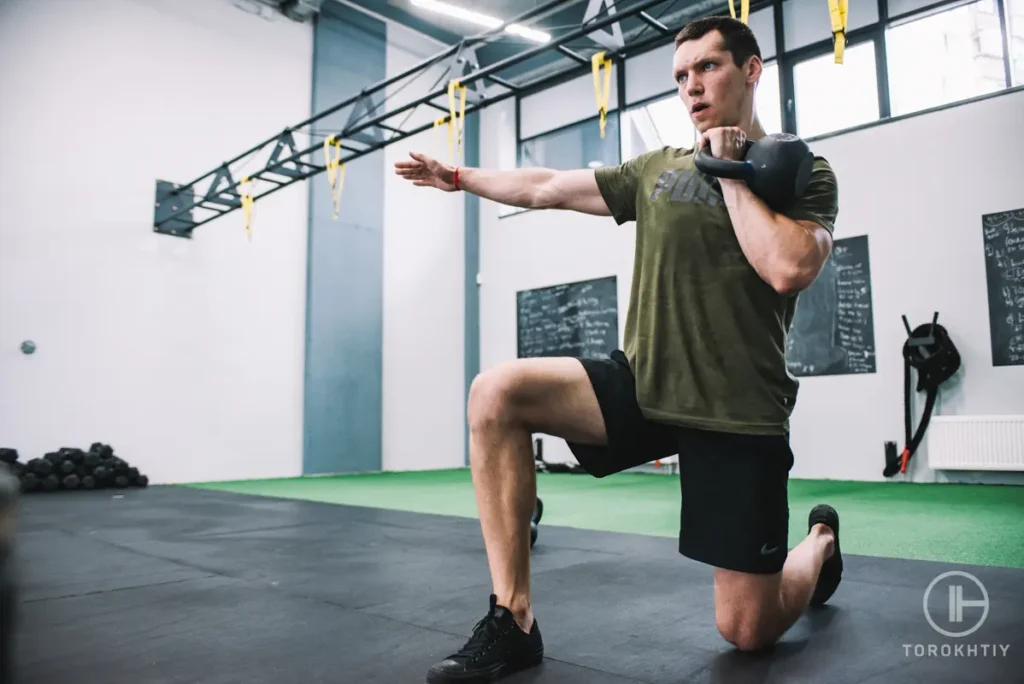
Your kettlebell should be anywhere from 10 lbs.
The first on the schedule – goblet squats, a very simple, easy kettlebell workout. Hold your kettlebell close to your chest with both hands and do squats. Make sure you’re keeping your back straight and chest up the entire time.
Next, we have kettlebell swings, which are great for injury prevention, rehabilitation, strength, and conditioning. Hold the kettlebell with both hands between your legs and then swing it up to shoulder height. Keep your glutes and hips engaged. After reaching shoulder height, guide the kettlebell back down by letting it swing between your legs, hinge your hips to the back using the momentum and repeat. This workout is surprisingly fun and your body will respond to it differently depending on the weight of the kettlebell.
Then we have deadlifts and for these, focus on keeping your back straight. Stand with your feet hip-width apart, hold the kettlebell with both hands and do deadlifts.
Follow this with bent-over rows – bend at the hips, hold the kettlebell with both hands and do rows to strengthen your upper back.
The main part of the workout will end with kettlebell twists. Sit on the floor, hold the kettlebell with both hands and rotate your torso to each side to give your obliques some attention.
All that’s left to do after this is the cool-down. This is a very important part of your workout, and it helps your muscles recover and reduce the soreness from working out. Do static stretches for 5-10 minutes (quad stretch, hamstring stretch, hip flexor stretch, overhead etc.), and then you’re done!
| STAGE | EXERCISES | SETS x REPS | REST BETWEEN SETS |
| Warm-Up | Jumping jacks, bodyweight squats, arm circles, hip rotations, leg swings | 1-2 minutes each | n/a |
| Main Workout | Goblet squats, kettlebell swings, deadlifts, bent-over rows, kettlebell twists | 3 x 10-12 | 1 minute |
| Cool-Down | Static stretches (quad stretch, hamstring stretch, hip flexor stretch…) | 60 seconds each | n/a |
Kettlebells We Recommend
ROGUE KETTLEBELL – E COAT
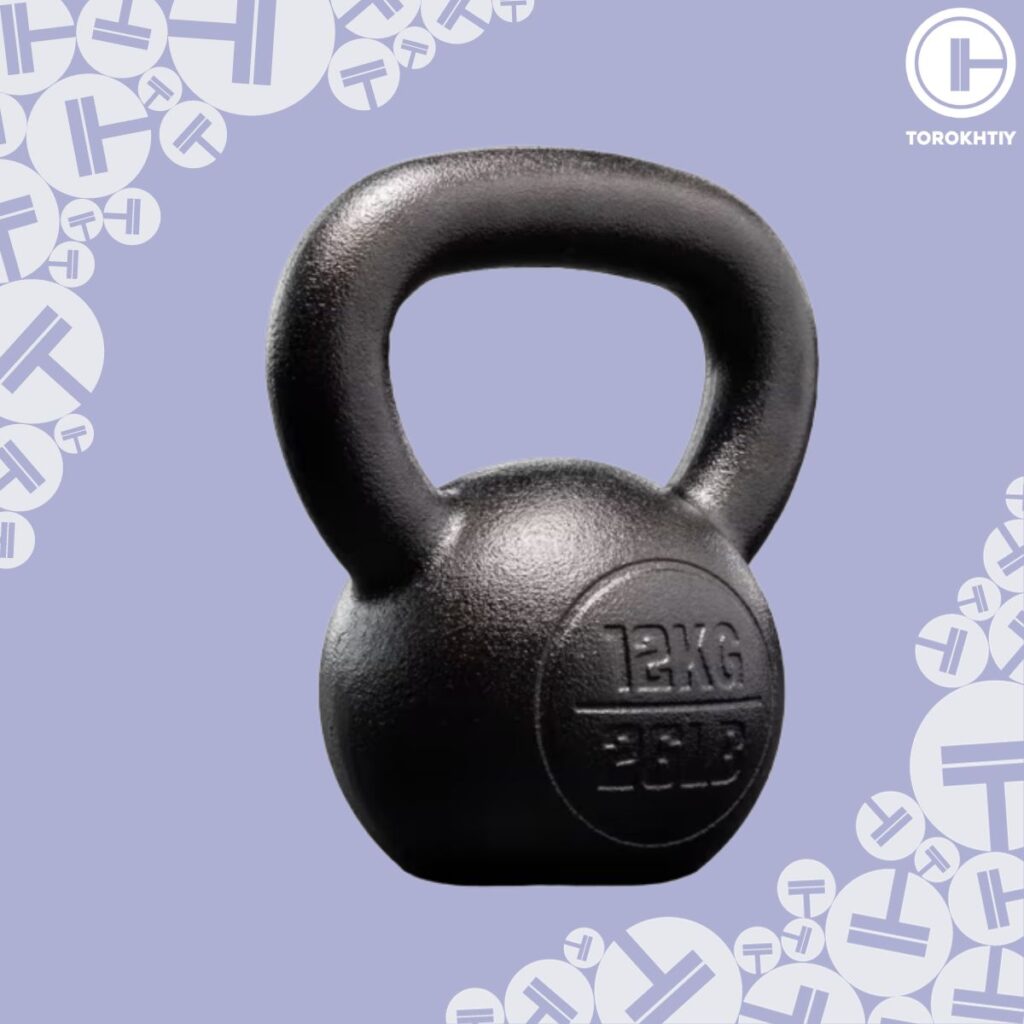
- Weight range: 9-88 lbs.
- Increments: 9lb / 13lb / 18lb / 26lb / 35lb / 40lb / 44lb / 53lb / 62lb / 70lb / 80lb / 88lb
- Adjustable: No
- Handle diameter: 1.2″ (9lbs.-18lbs.), 1.4″ (26lbs.), 1.5” (35lbs.-88lbs.)
- Material: Cast Iron
- Coating: Black E-Coat, Semi-Gloss
- Color: Black
- Price per pound: ∼ $2.49
- Can be dropped? Yes
If you don’t already own a kettlebell (or if you want to upgrade from what you currently have), we have something truly fantastic to recommend. The Rogue E-Coat kettlebells were made in collaboration with Cadillac casting Inc., a renowned Midwest foundry with a history that spans over almost a century.
You’ll never have to worry about durability with these – they’re made of ductile iron construction, which is famous for its strength and resistance to corrosion. They’re extremely robust and well-made.
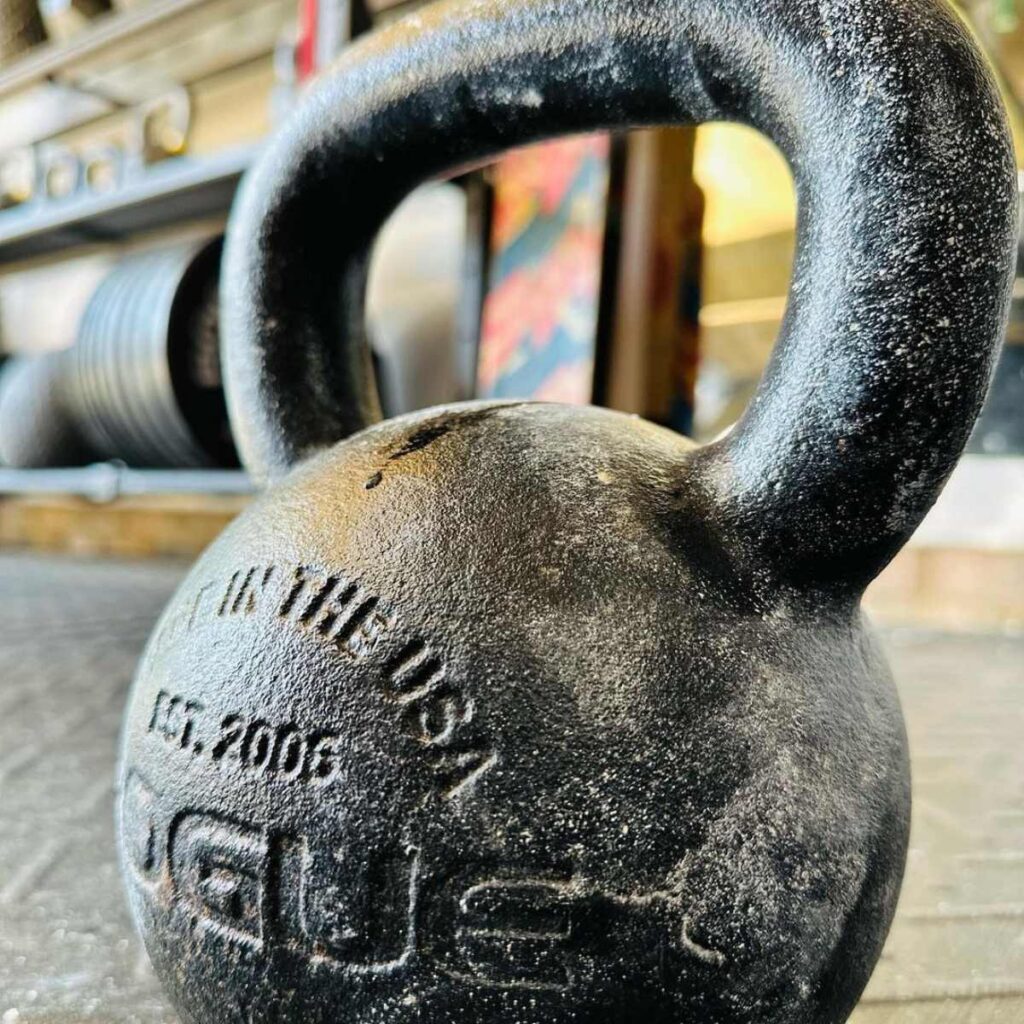
The best thing about them, though, is not their good quality but their weight range: it starts with 9 lbs and goes all the way up to a whopping 88 lbs. It means that virtually anyone can find a kettlebell for themselves, regardless of if they’re a beginner or a professional.
The coating was developed in the automotive industry, and it has even coverage and is super tough.
The only thing to complain about with these kettlebells would be the way they hold chalk – it’s not ideal. Nonetheless, they are practically impeccable.
Positives:
Could be better:
FAQ
What Weight Kettlebell Should a Beginner Use?
A beginner needs to start with a lighter kettlebell; anywhere from 4 kg is fine. This weight will allow them to focus on mastering technique and build strength before doing more complex moves and using heavier kettlebells.
Are Kettlebell Workouts Good for Beginners?
They are! Kettlebell workouts are good for everyone, regardless of their fitness level. They’re a great way to build strength, endurance, and cardiovascular health and are a good alternative to traditional olympic weightlifting. However, if you’re a beginner, it’s very important to start with lighter weights, proper instructions, and simple workouts.
Conclusion
That’s a wrap on beginner kettlebell program! Now you know that, even if you’re a beginner, using kettlebells is a great way to start your fitness journey. The workouts including kettlebells are not just for professionals – they’re suitable for anyone that’s willing to take their time to learn and commit.
What do you have to say about this? Have you tried any of these workouts before? How did you like them? Which beginner kettlebell exercises are your favorite and why? What results are you hoping to achieve through this beginner kettlebell routine?
Share your comments and tips with us!
Also read:
- What Muscles Do Kettlebell Swings Work
- Kettlebell Core Exercises
- Kettlebell Leg Workout
- Kettlebell Chest Workout
- Best Kettlebells
- What Are Kettlebell Swings Good For
References:
- Kimberly Burke, “Should I Try Kettlebell Training?” Colorado State University – College of Health and Human Sciences, https://chhs.source.colostate.edu/should-i-try-kettlebell-training/ (accessed 22 September, 2023).
- Leanne M. Raymond, Derek Renshaw, Michael J. Duncan, “Acute Hormonal Response to Kettlebell Swing Exercise Differs Depending on Load, Even When Total Work Is Normalized,” Journal of Strength and Conditioning 35, no. 4 (2021):997-1005, https://journals.lww.com/nsca-jscr/abstract/2021/04000/acute_hormonal_response_to_kettlebell_swing.17.aspx (accessed 22 September, 2023).
- Len Kravitz, “Kettlebell Research Update,” University of Mexico, https://www.unm.edu/~lkravitz/Article%20folder/kettlebellresearch.html (accessed 22 September, 2023).
- Michael J. Del Monte, David A. Opar, Ryan G. Timmins, James A. Ross, Justin W. L. Keogh, Christian Lorenzen, “Hamstring Myoelectrical Activity During Three Different Kettlebell Swing Exercises,” Journal of Strength and Conditioning Research 34, no. 7 (2017): 1, https://journals.lww.com/nsca-jscr/fulltext/2020/07000/hamstring_myoelectrical_activity_during_three.18.aspx (accessed 22 September, 2023).
- Pat Manocchia, David K. Spierer, Jackie Minichiello, Steven Braut, Jessica Castro, Ross Markowitz, “Transference of Kettlebell Training to Traditional Olympic Weight Lifting andMuscular Endurance.” Journal of Strength and Conditioning, 24(2010), https://journals.lww.com/nsca-jscr/abstract/2010/01001/transference_of_kettlebell_training_to_traditional.100.aspx (accessed 22 September, 2023).
Why Trust Us?
With over 20 years in Olympic Weightlifting, our team does its best to provide the audience with ultimate support and meet the needs and requirements of advanced athletes and professional lifters, as well as people who strive to open new opportunities and develop their physical capabilities with us.
By trusting the recommendations of our certified experts in coaching, nutrition, dietology, and sports training programming, as well as scientific consultants, and physiotherapists, we provide you with thorough, well-considered, and scientifically proven content. All the information given in the articles concerning workout programming, separate exercises, and athletic performance, in general, is based on verified data. We ensure that you can rely on our professionals’ pieces of advice and recommendations that can be treated as personalized ones which will benefit you and fully meet your needs.
The product testing process is described in more detail here
Author: Ihor Shymechko
Pro Olympic Weightlifter, Coach
Best Results: Snatch – 208 kg,
C&J – 240 kg
Ihor has been a professional weightlifter since 1996, boasting over two decades of competition experience. His notable achievements include clinching the European Championship in 2009 and securing a silver medal in the 105kg division at the Senior World Championships in 2011. Ihor represented his country in the 2008, 2012, and 2016 Summer Olympics. After retiring from competitive weightlifting, he transitioned to coaching, leveraging his vast experience to guide athletes who now compete on both national and international stages.


